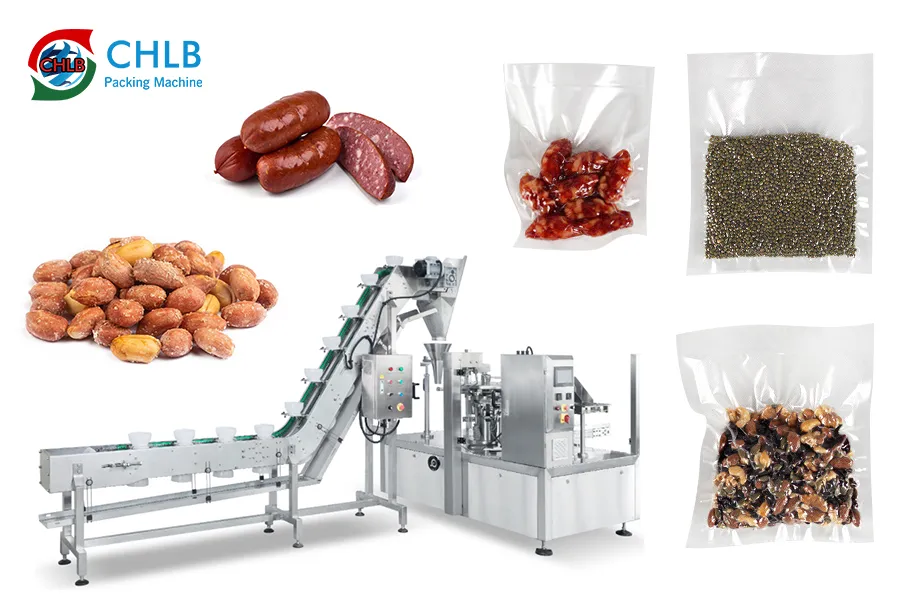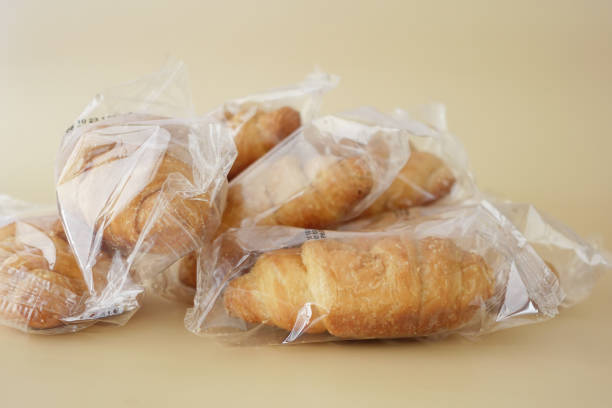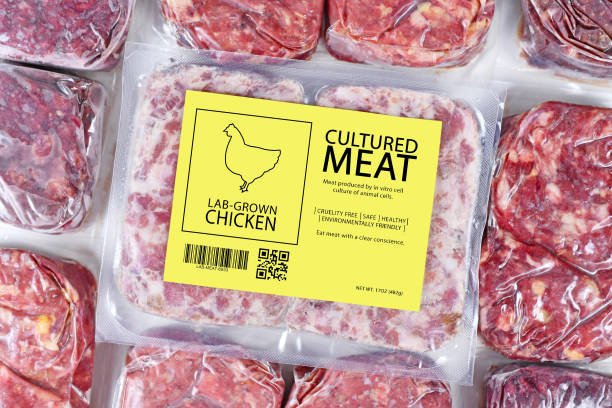Packaging cooked food for sale is more than just slapping a label on a container—it’s about ensuring freshness, safety, and appeal. When starting a business in the food industry, your packaging plays a crucial role in how your products are perceived by customers, and it can make or break your brand’s success. From maintaining proper hygiene standards to designing packaging that stands out on the shelf, every detail matters.
In this guide, we’ll dive into the type of food packaging, and then offer tips and techniques that will help you keep your products safe and delicious. If you want to make a great impression and keep your customers coming back for more, keep reading!
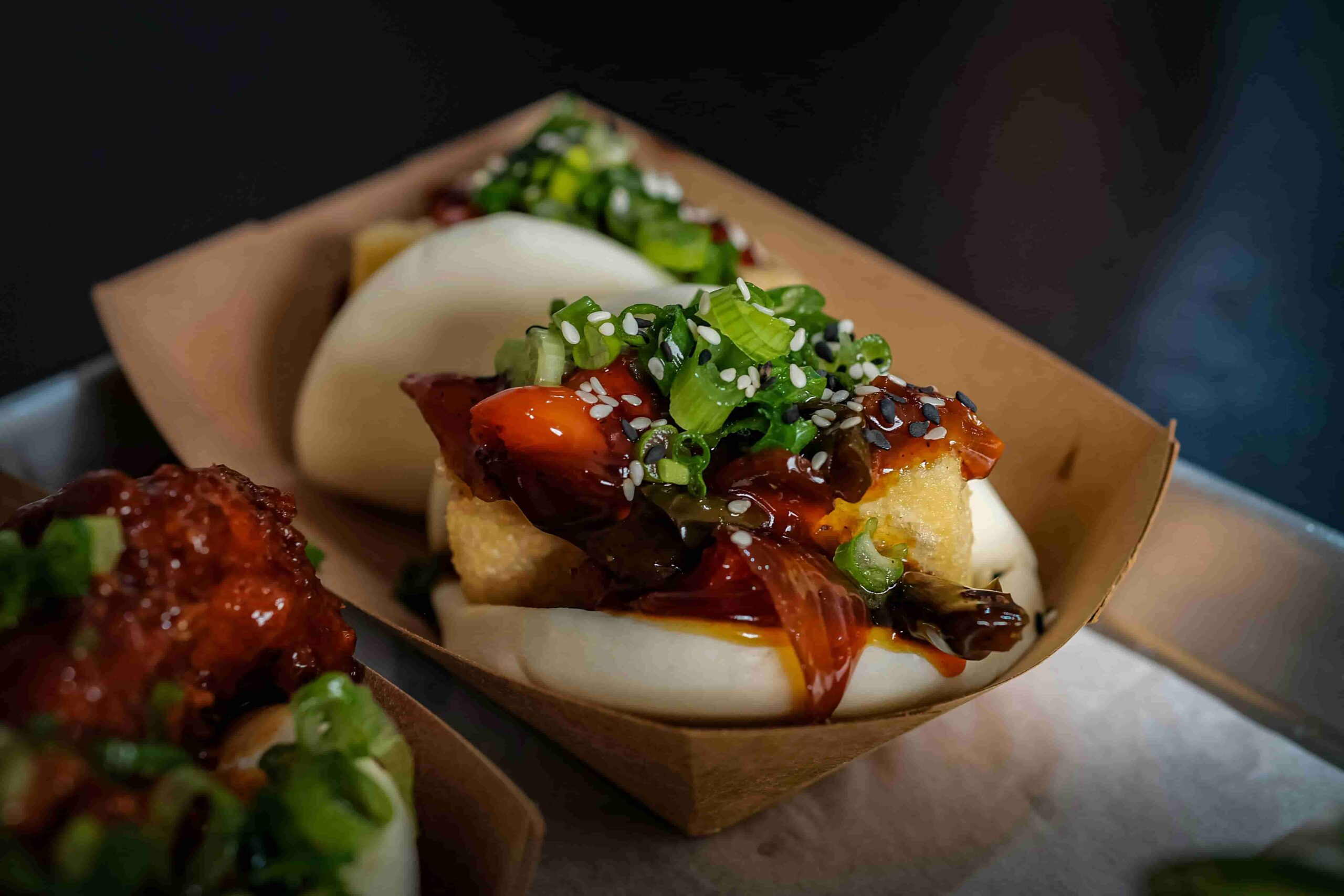
What is Food Packaging?
Food packaging refers to the process of enclosing food products in containers, wraps, or materials that protect them from contamination and extend shelf life. Food packaging is also a type of food contact substance, and is under supervision by the U.S. Food & Drug Administration. And, it serves multiple key objectives, including:
- Air and Moisture Control: Proper packaging limits air and moisture exposure, keeping cooked food fresh and preventing sogginess.
- Temperature Control and Storage: Packaging helps regulate temperatures to prevent spoilage, especially for ready-to-eat and delivered meals.
- Avoiding Contamination: Cooked food is vulnerable to contamination, so sealed packaging prevents bacteria and harmful substances from reaching it.
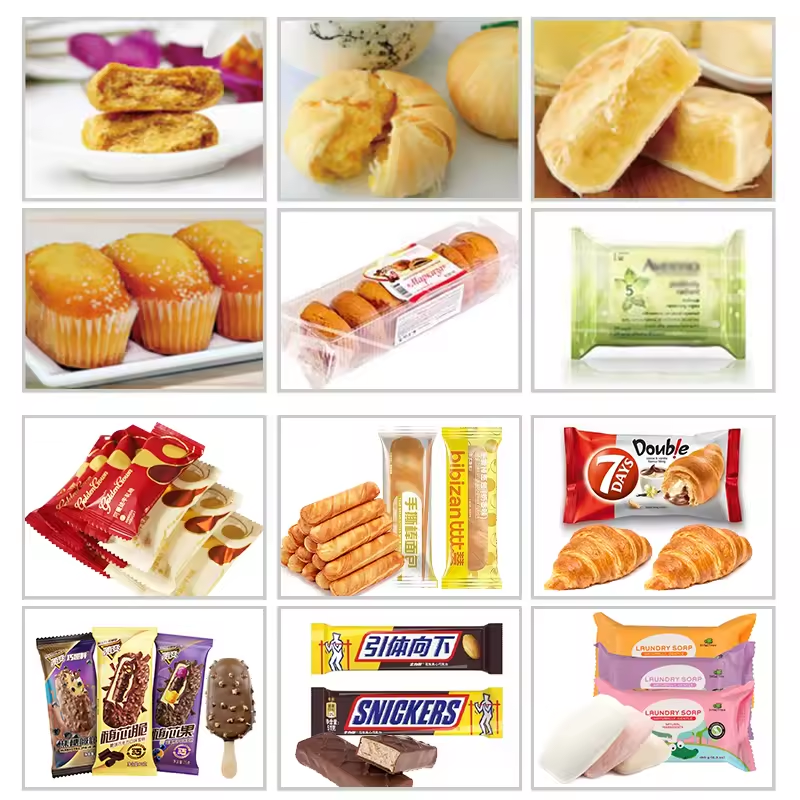
Types of Cooked Food Packaging Materials
Properly packaging cooked food is key to ensuring it stays fresh, delicious, and safe for customers. Think about it: Would you buy cookies from a flimsy, poorly sealed package? Probably not. Choosing the right material is essential not only for protection but for the perception of your brand. Now, let’s break down the key types of food packaging to help you figure out which one is the best fit for your business.
1. Retort Pouches
Retort pouches were originally developed for military rations and are now widely used in the retail food industry. These multilayered pouches, often made from aluminum foil and polyethylene, can package liquids, semi-solids, and solid foods without refrigeration. This makes them ideal for ready-to-eat meals, cooked meals for transportation, and any food product that may not be consumed immediately.
2. Foil Pouches
Foil pouches, are characterized by their aluminum foil construction and quad seal design. And the inclusion of transparent material on one side allows consumers to see the contents. These pouches are designed with multiple layers to provide a strong barrier against oxygen and moisture, which helps in extending the shelf life of less perishable items.
However, they typically don’t offer the same extended shelf life as retract pouches. This makes them suitable for products intended for shorter-term shelf stability.
3. Kraft Paper Bags
Kraft paper, though it is made from wood pulp, can handle grease and steam effectively, maintaining their integrity even with hot or oily foods. This makes them ideal for use in delis, restaurants, and bakeries, where they can keep items like fish and chips or pastries fresh and intact. Additionally, kraft paper bags often feature a flat bottom gusset design that supports easy and effective printing, allowing for personalized branding.
4. Film Wraps
Film wraps can be used alone or paired with rigid packaging options like plastic trays. So, customers can easily warm the food at home. For branding, you can go with custom-printed film wraps that showcase your product details and graphics, or use clear film with stick-on labels for a simpler approach.
5. Flow Wrap Pack
When it comes to flow wrap packs, it always relates to the flow wrap machine. They are made by wrapping products in a continuous film and cutting them into individual sachets. They use different types of paper based on the product, with cooked food often featuring a foil lining.
Single-portion cooked meals, such as lasagna slices or salads, are perfectly suited for flow packs. The design can include a small tray inside the pack to keep the food neatly in place. Flow packs are also a great choice for cooked pet food for providing the right portion easily without the need for additional measuring.
5. Form to Fill Packaging
Form to fill packaging always uses the VFFS machine. It lets flat sheets of paper or film, which are folded into boxes or containers and then filled with products. This method is efficient for packaging items like pastries and burgers. It allows for quick transformation of packaging shapes and can be combined with shrinkwrap for added protection.
6. Waxing Paper
Waxing paper is a versatile choice for packaging, offering more absorbency and durability than regular paper. Its wax coating makes it ideal for wrapping baked goods, sandwiches, burgers, and fries, ensuring freshness and preventing tears. For fast-food businesses or delis, customizing waxing paper with distinctive prints can boost brand visibility and enhance the customer experience.
4 Packaging Techniques for Cooked Food
Keeping your cooked food fresh and tasty is easier than you might think! With the right packaging techniques, you can ensure your meals stay delicious and safe to eat.
Vacuum Sealing
Vacuum sealing is a fantastic way to keep your cooked food fresh for longer. It works by removing air from a plastic bag or pouch, using a vacuum sealer machine. Once the air is out, the bag is heat-sealed to create a tight, airtight environment. Why is this so great? Well, without air, spoilage and freezer burn are kept at bay. Plus, vacuum-sealed bags are compact and easy to store, saving you space in the fridge or freezer.
Modified Atmosphere Packaging (MAP)
Modified Atmosphere Packaging (MAP) involves adjusting the atmospheric composition inside a package to enhance food preservation. This technique replaces the air with a specific gas mixture, typically including nitrogen, oxygen, and carbon dioxide, to slow down the spoilage process. MAP is particularly effective in prolonging the freshness of cooked food. By slowing bacterial and mold growth, it helps maintain the food’s texture, color, and flavor over time.
Heat Sealing
Heat shrink involves wrapping a product in a plastic film that shrinks tightly around the product when heat is applied. It’s commonly used for creating a tight seal around products and is often used for tamper-evident packaging.
Cryovac Packaging
Cryovac packaging, also known as shrink wrapping, is a nifty technique where food is wrapped in a plastic film and then heated so that the film shrinks tightly around the product. This method offers several great benefits. Cryovac packaging is excellent for extending the shelf life of cooked food. It also provides a shield during storage and transport, preventing damage and moisture.
Tips for How to Package Cook Food for Sale
Effective packaging is essential for both protecting your product and appealing to customers. Here’s a step-by-step guide to help you package cooked food for sale:
1. Research and Obey the Food Law
Starting a food business goes beyond having a great idea; understanding food laws is essential.
While legal fees may seem high, especially for special licenses, skipping these steps can lead to bigger costs later. Food inspectors can offer valuable advice to help you ensure your product is safe. Handle food properly, track your supply chain, and keep detailed records. Testing your products for allergens and other risks is also wise.
2. Find Your Niche
Finding your niche in the food business often starts with a personal passion or unique experience. Similarly, starting with something you’re already passionate about, like making jams from homegrown strawberries, can give you a solid foundation.
When identifying your niche, think about what you love and what you can offer that’s unique. And then, pay more attention to the food trend. This connection not only makes your business more personal but also helps you build a loyal customer base.
3. Choosing the Right Packaging Materials for Cooked Food
Select packaging materials based on the type of food you’re selling. However, not the type of food packaging is suitable for the cooked food. You should consider factors like the shipment item, freezing and so on. So, you should do some experimentation to choose which packaging is most suitable for your product.
4. Design Your Package
Next, let your brand shine through. Use your logo and brand colors prominently that reflect your brand’s personality to make your product stand out and be easily recognizable.
Also, high-quality images of the food make it look appetizing and add readable fonts so that key information is clear.
5. Labeling Requirements
If you want to package cooked food for sale in the US, you should follow the law established by the Department of Agriculture and Markets. All in all, the packaging should conclude the following information:
- Ingredients
- Nutritional Information
- Expiry Dates
- Labeling Regulations and Standards
- Local and International Guidelines
This is the basic information that consumers should know. And there is other information you may need to add to the product that you are selling. If necessary, please highlight it. So, your product is different from others, and your consumers can know your idea at first sight.
6. Testing Your Packaging
When everything is ready and you prepare to sell your product at the beginning, please start with simple quality checks. Look for any weaknesses that could affect durability or protection during transport or storage.
After the goods aresold, you should gather customer feedback to see how they feel about the packaging. Is it easy to use? Does it keep the food tasting fresh? Is it appealing? And then you should use this feedback to tweak and improve the packaging.
Key Takeaway
Packaging your cooked food properly is crucial for ensuring it reaches your customers in top condition, and it’s an integral part of building your brand. By selecting the right materials and techniques, you can maintain freshness and make your product stand out.
If you’re looking for expert guidance and high-quality packaging solutions, look no further than CHLBPACK. Contact CHLBPACK today to elevate your food packaging game and make a lasting impression on your customers!

